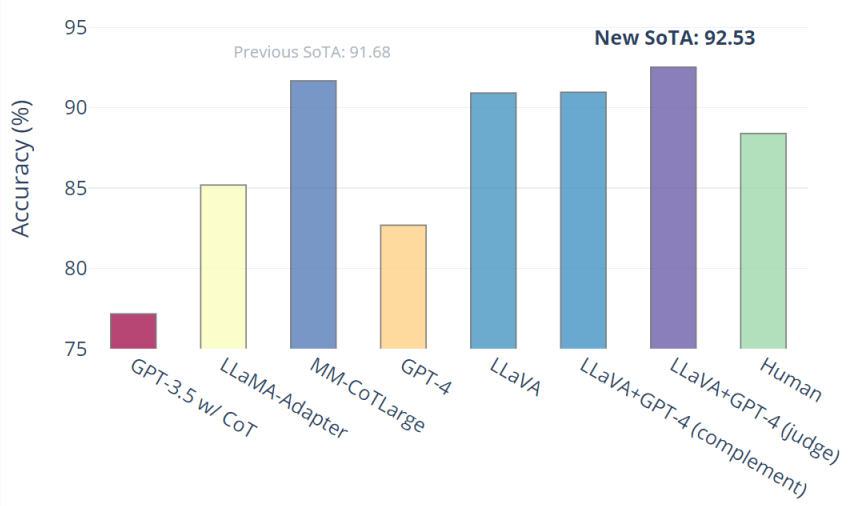LLaVA: Large Language and Vision Assistant
▶ University of
Wisconsin-Madison
▶ Microsoft Research
▶ Columbia
University
  *Equal Contribution
LLaVA represents a novel end-to-end trained large multimodal model that combines a vision encoder and Vicuna
for general-purpose visual and language understanding,
achieving impressive chat capabilities mimicking spirits of the multimodal GPT-4 and setting a new state-of-the-art accuracy on Science QA.
Abstract
Instruction tuning large language models (LLMs) using machine-generated instruction-following data has improved zero-shot capabilities on new tasks in the language domain, but the idea is less explored in the multimodal field.
- Multimodal Instruct Data. We present the first attempt to use language-only GPT-4 to generate multimodal language-image instruction-following data.
- LLaVA Model. We introduce
LLaVA (Large Language-and-Vision Assistant) , an end-to-end trained large multimodal model that connects a vision encoder and LLM for general-purpose visual and language understanding. - Performance. Our early experiments show that LLaVA demonstrates impressive multimodel chat abilities, sometimes exhibiting the behaviors of multimodal GPT-4 on unseen images/instructions, and yields a 85.1% relative score compared with GPT-4 on a synthetic multimodal instruction-following dataset.
When fine-tuned on Science QA, the synergy of LLaVA and GPT-4 achieves a new state-of-the-art accuracy of 92.53%. - Open-source. We make GPT-4 generated visual instruction tuning data, our model and code base publicly available.
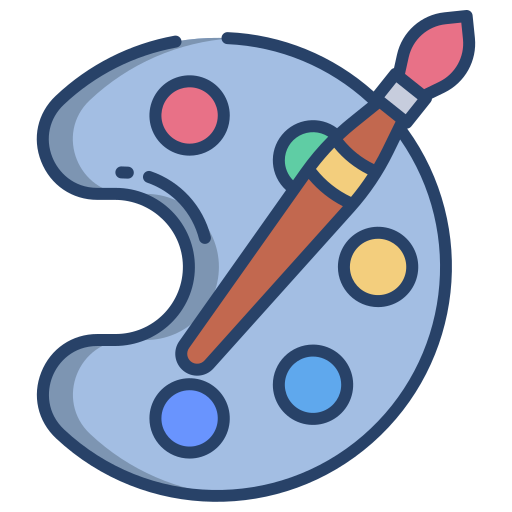 Multimodal Instrucion-Following Data
Multimodal Instrucion-Following Data
Based on the COCO dataset, we interact with langauge-only GPT-4, and collect 158K unique language-image instruction-following samples in total, including 58K in conversations, 23K in detailed description, and 77k in complex reasoning, respectively. Please check out “LLaVA-Instruct-150K”’ on
[HuggingFace Dataset].
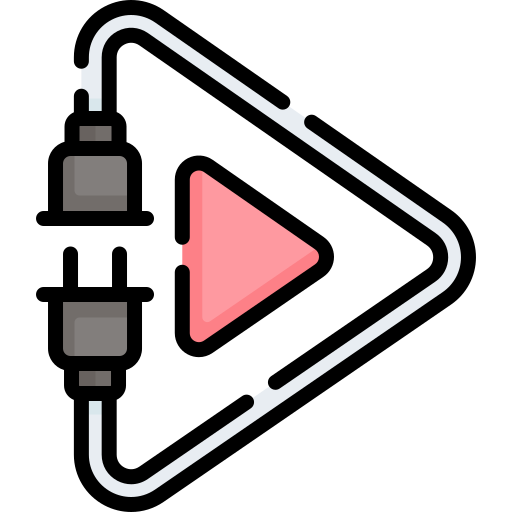 LLaVA: Large Language-and-Vision Assistant
LLaVA: Large Language-and-Vision Assistant
LLaVa connects pre-trained CLIP ViT-L/14 visual encoder and large language model LLaMA, using a simple projection matrix. We consider a two-stage instruction-tuning procedure:
- Stage 1: Pre-training for Feature Alignment. Only the projection matrix is updated, based on a subset of CC3M.
- Stage 2: Fine-tuning End-to-End.. Both the projection matrix and LLM are updated for two different use senarios:
- Visual Chat: LLaVA is fine-tuned on our generated multimodal instruction-following data for daily user-oriented applications.
- Science QA: LLaVA is fine-tuned on this multimodal reasonsing dataset for the science domain.
Please check out “LLaVA-13b-delta-v0” model checkpoint on
[HuggingFace Models].
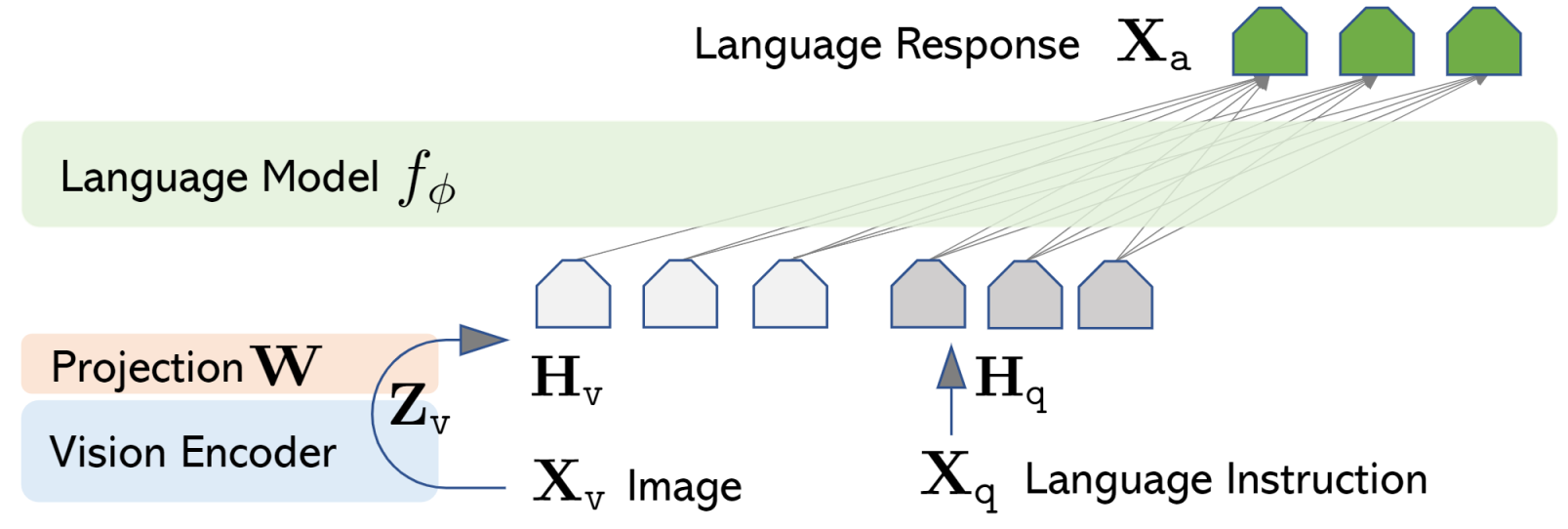
 Performance
Performance
 Visual Chat: Towards building multimodal GPT-4 level chatbot
Visual Chat: Towards building multimodal GPT-4 level chatbot
An evaluation dataset with 30 unseen images is constructed: each image is assocaited with three types of instructions: conversation, detailed description and complex reasoning. This leads to 90 new language-image instructions, on which we test LLaVA and GPT-4, and use GPT-4 to rate their responses from score 1 to 10. The summed score and relative score per type is reported. Overall, LLaVA achieves 85.1% relative score compared with GPT-4, indicating the effectinvess of the proposed self-instruct method in multimodal settings
Examples on Visual Instruction Following
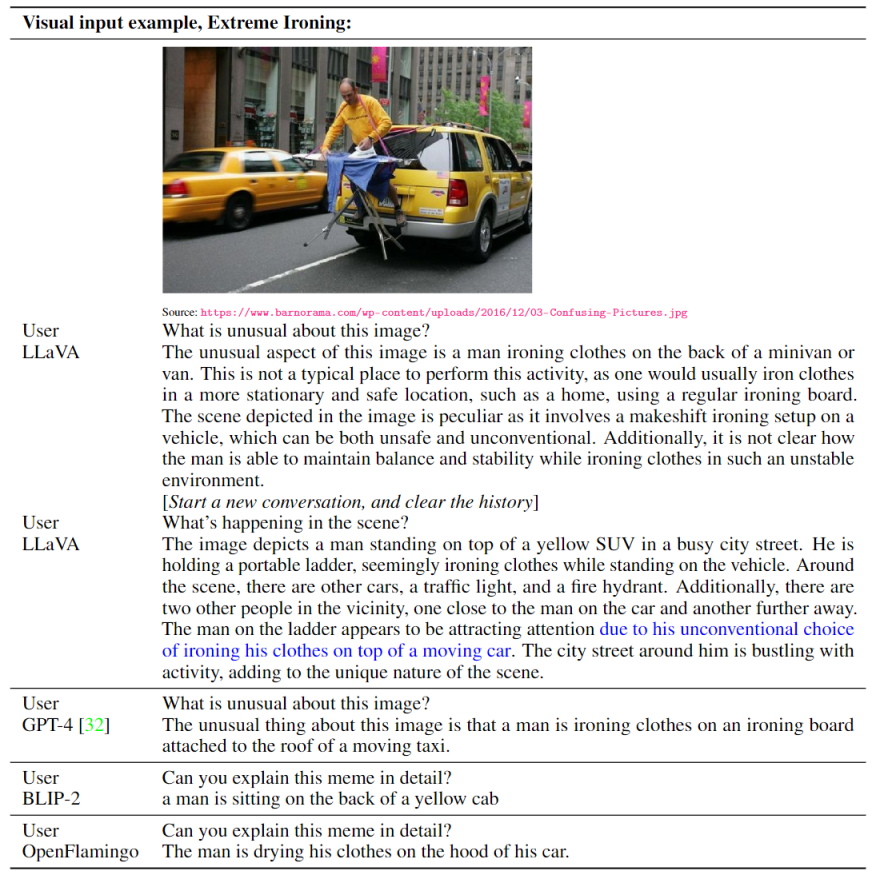
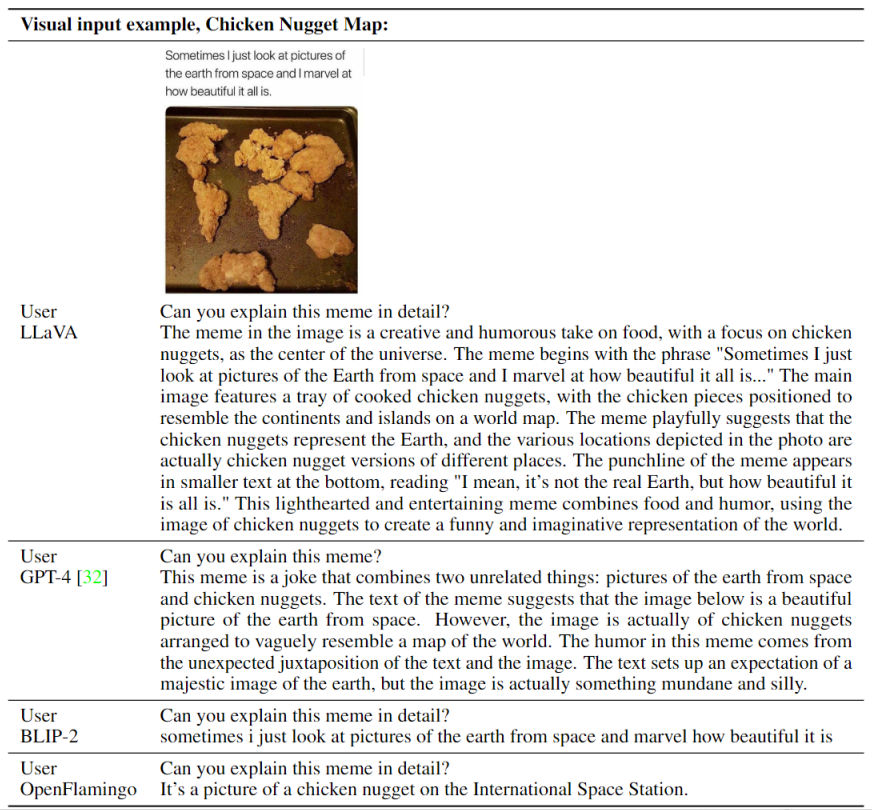
Optical character recognition (OCR)
BibTeX
@article{liu2023llava,
author = {Liu, Haotian and Li, Chunyuan and Wu, Qingyang and Lee, Yong Jae},
title = {Visual Instruction Tuning},
publisher = {arXiv:2304.08485},
year = {2023}
}
Acknowledgement
This website is adapted from Nerfies, licensed under a Creative
Commons Attribution-ShareAlike 4.0 International License. We thank the LLaMA team for giving us access to their models, and open-source projects, including Alpaca and Vicuna.
Usage and License Notices: The data, code and checkpoint is intended and licensed for research use only. They are also restricted to uses that follow the license agreement of CLIP, LLaMA, Vicuna and GPT-4. The dataset is CC BY NC 4.0 (allowing only non-commercial use) and models trained using the dataset should not be used outside of research purposes.
Related Links:
[REACT]
[GLIGEN]
[Computer Vision in the Wild (CVinW)]
[Insutrction Tuning with GPT-4]







